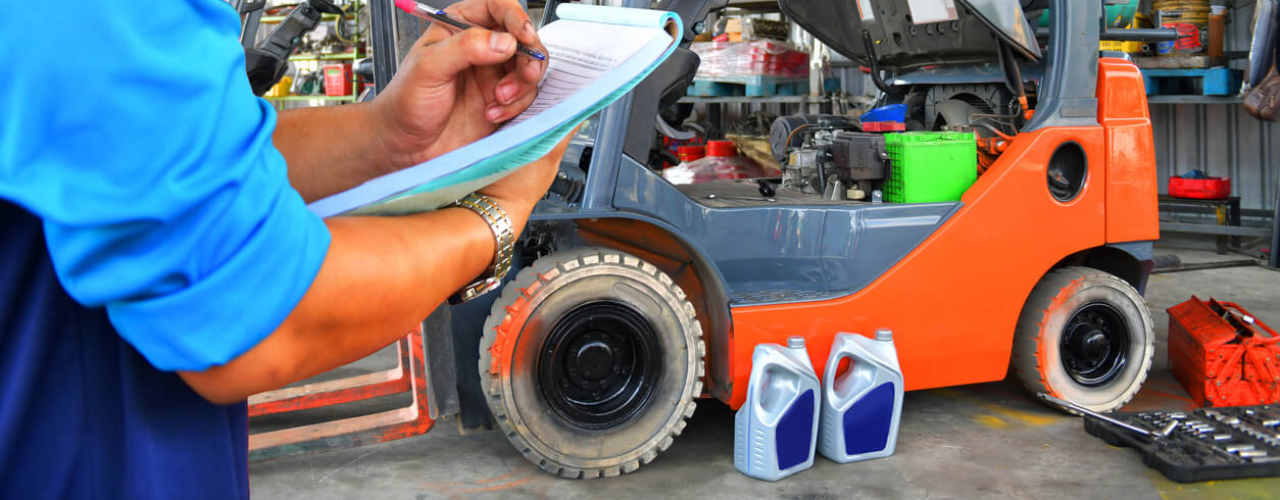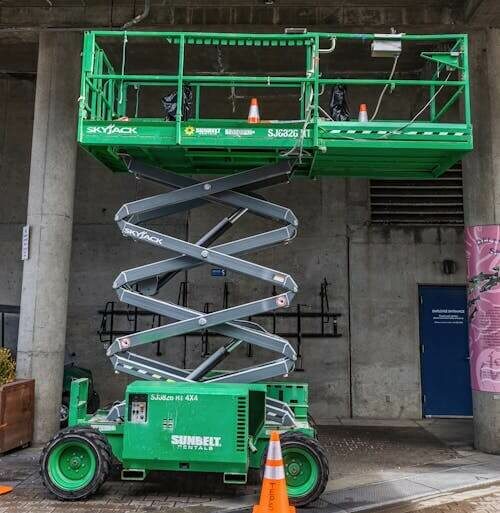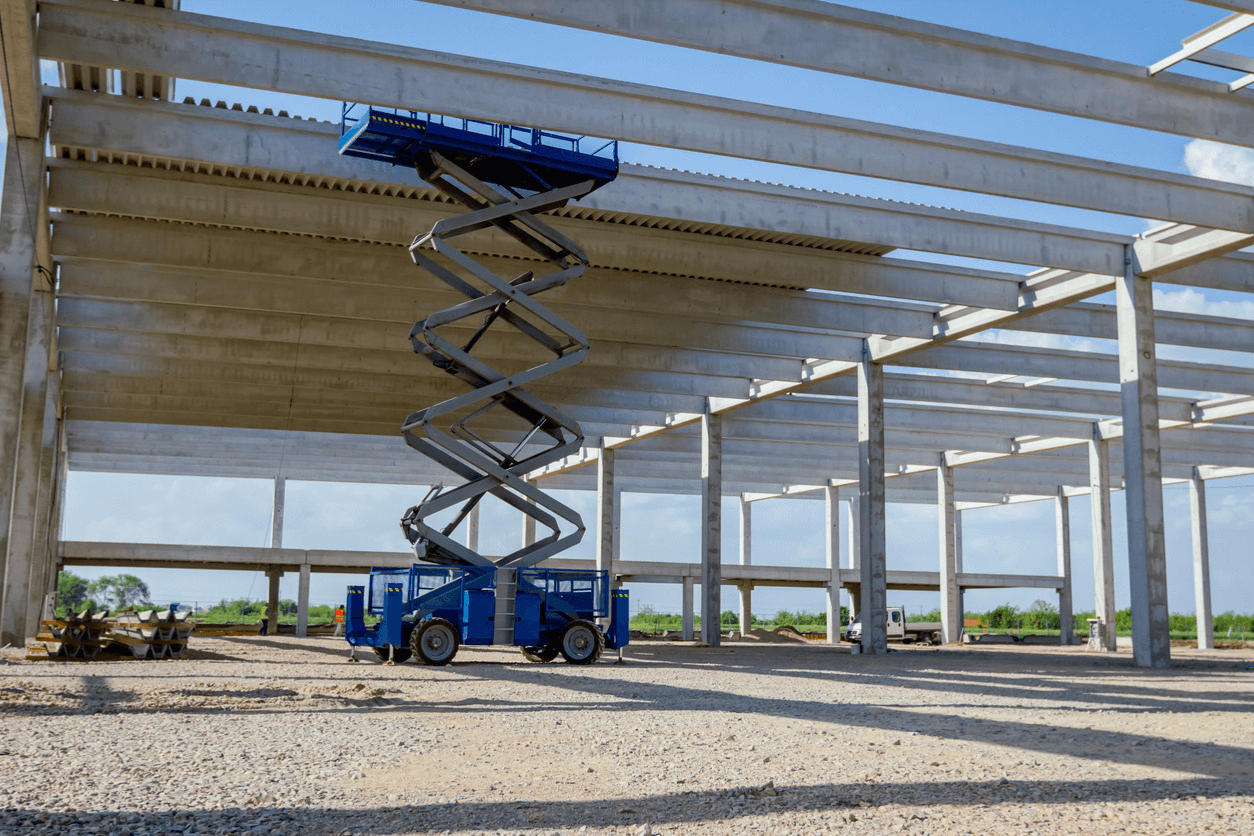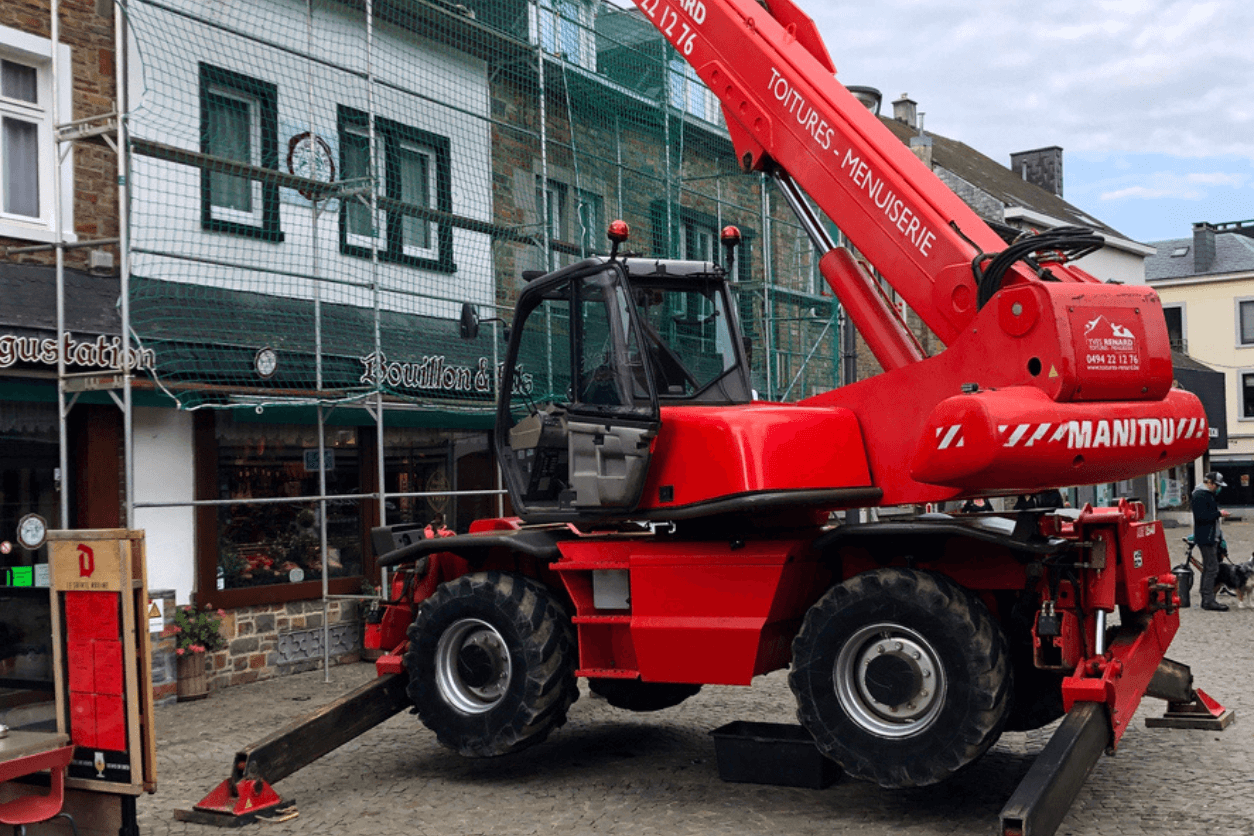
Blog
Why Access Platforms are a Better Choice Than Scaffolding

If you’re weighing up options between traditional scaffolding and access platforms, you’ve come to the right place. While scaffolding has been around for ages, access platforms bring a modern, efficient solution to the table. We’ve been in this industry for the best part of 50 years, and if you want our two cents on why access platforms are a better choice, keep on reading.
What is an Access Platform?
An access platform, also known as a mobile elevating work platform (MEWP), is essentially a mechanical lift that can raise workers, tools, and materials to a specific height. Unlike scaffolding, which involves constructing a stationary structure, access platforms are movable and come in various designs to suit different tasks.
Here are a few common types of access platforms you might come across:
- Scissor lifts: These lifts expand vertically in a crisscross (or “scissor”) pattern, making them ideal for tasks that need a straight vertical reach.
- Boom lifts: Offering more flexibility, boom lifts can extend horizontally and vertically, which is great for reaching over obstacles or working in areas that require a bit of manoeuvring.
- Cherry pickers: Popular in maintenance work, cherry pickers are a type of boom lift with a platform that allows workers to get to those hard-to-reach spots.
Access platforms are commonly used in construction, maintenance, painting, and even tree trimming. Their mobility and flexibility make them a practical choice for tasks that would be challenging or time-consuming to set up with traditional scaffolding.
1. Quick and Easy Set-Up (Because Time is Money)
One of the biggest advantages of access platforms over scaffolding is the ease of set-up. Scaffolding takes time to construct, and it often requires a team to assemble and disassemble. Access platforms, on the other hand, are ready to go at the push of a button (or maybe a bit of assembly, depending on the type).
- Time-saving: Access platforms can be set up and ready in minutes, while scaffolding might take hours to assemble, depending on the height and complexity.
- Minimal crew required: With scaffolding, you usually need a crew to handle assembly and dismantling. An access platform typically requires just one trained operator, freeing up the rest of your team to focus on the job itself.
If you’re on a tight schedule, access platforms can be a real time-saver, making them an attractive option for short-term or multi-location projects.
2. Flexibility and Mobility
Another advantage of access platforms is their flexibility. Scaffolding is static, once it’s up, you’re limited to that particular spot until you dismantle and move it. Access platforms, however, can be repositioned with ease. Whether you’re using a scissor lift or a boom lift, you can quickly move your access platform to different locations, cutting down on downtime and letting you tackle different parts of the job without re-assembly.
If your project involves multiple areas or heights, access platforms make it easy to move between spots without having to set up new structures every time. Access platforms can be adjusted to various heights, allowing you to reach different levels without a fuss. Some boom lifts even have horizontal reach capabilities, which is something scaffolding simply can’t offer.
If your worksite requires constant movement and access to different heights, access platforms are far more efficient than traditional scaffolding.
3. Enhanced Safety
Safety is a top priority on any worksite, and access platforms offer several features that make them a safer choice over scaffolding.
- Stable base and harness points: Access platforms come with stable bases and built-in harness points, which reduces the risk of falls compared to makeshift scaffolding railings. With proper harnessing, workers have better protection when working at height.
- Less room for human error: Scaffolding relies on proper assembly, and any mistakes during construction can compromise safety. Access platforms are manufactured with safety features already in place, which can reduce the potential for error.
- Controlled movement: Access platforms allow for controlled, gradual movement up and down, reducing the risk of accidents compared to climbing up and down scaffolding. In windy or challenging weather conditions, the controlled environment of an access platform can be a safer choice.
While both scaffolding and access platforms require proper training, access platforms often come with safety advantages that can reduce the risk of accidents.
4. Cost-Effective for Short-Term and High-Movement Projects
When comparing costs, access platforms can often come out ahead, especially for shorter-term or high-movement projects. With scaffolding, you may need extra personnel to handle assembly and take-down, which adds to the labour costs. Access platforms typically require fewer people to operate, saving you on manpower.
If your project requires working at different points across the site, moving scaffolding around can eat up a lot of time (and money). Access platforms are designed for quick relocation, meaning you don’t have to pay for frequent set-ups. For projects that span weeks or months, many equipment providers offer long-term rental rates on access platforms, making them a budget-friendly choice for ongoing work.
If your project involves short bursts of work across various locations, the cost-effectiveness of access platforms quickly adds up compared to the labour-intensive nature of scaffolding.
5. Greater Accessibility for Tight Spaces
Access platforms are designed to work well in narrow, confined spaces where scaffolding might be impractical.
- Fits into tight areas: Compact models, like some scissor lifts, can fit into narrower spaces, making them ideal for jobs in smaller rooms or tight corridors where scaffolding won’t work.
- Easy to position: Boom lifts and cherry pickers offer a reach that scaffolding simply can’t match, letting you access tricky spots without having to work around a large structure.
- Less intrusive: Because they’re mobile and can be quickly repositioned, access platforms create less disruption around the worksite. This is particularly useful if you’re working in spaces that need to remain open or functional while work is being done.
For projects in confined spaces or areas where mobility is key, access platforms offer a level of accessibility that’s hard to achieve with scaffolding.
Why Access Platforms Are the Smarter Choice
When it comes to choosing between access platforms and scaffolding, the answer often comes down to efficiency, mobility, and safety. Access platforms provide quick set-up, easy repositioning, and built-in safety features that make them a versatile and cost-effective choice for a wide range of tasks.
If you’re looking for a solution that saves time, reduces labour costs, and can handle multi-location work with ease, access platforms are the way to go.
Need an access platform for your next project? Get in touch to explore our options and find the right lift for your needs, keeping you efficient and safe every step of the way!
You May Also Like


Strategic Scissor Lift Selection: A Data-Driven Guide

Telehandler Operator Errors That Cost Projects Time and Money
Get in Touch
Not sure what you are looking for or need some advice for your requirements? Get in touch with us today and a member of our experienced team will be more than happy to help answer your questions.
